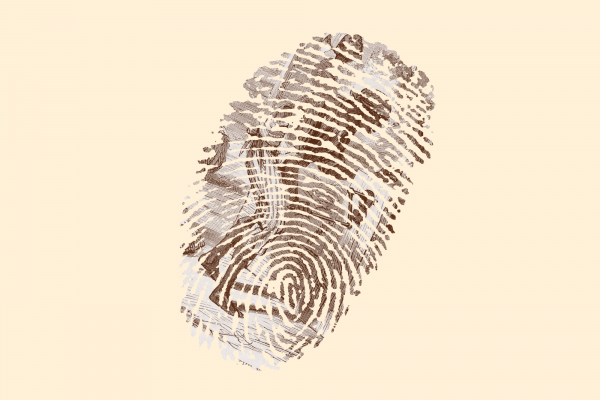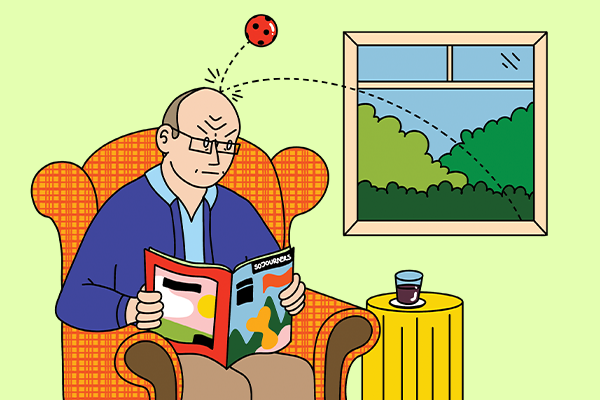TO ENTER THE main history galleries of the Smithsonian’s National Museum of African American History and Culture (NMAAHC), you have to descend. A glass elevator carries you down through six centuries of history, dates written on walls like exposed strata in the earth. The past, we are reminded, lies not behind us but beneath us.
The weight of your passage and what lies ahead does not hit you until you step out of the elevator and emerge to the 1400s. You have arrived in a trans-Atlantic world as yet unmade, a geography not yet drawn by greed, suffering, and death. You will return to the surface and the present slowly, and only by walking the mile-and-a-half-long exhibition corridor on a winding route through slavery to an unsecured freedom.
No matter how many times I take this journey, it never becomes familiar.
The emotional shock of history is too great, contained in the thousands of everyday items on display: tiny, child-sized shackles; pieces of an excavated slave ship; an entire slave cabin, transplanted from South Carolina; a small silver box that held one man’s treasured possession, his free papers; Harriet Tubman’s lace shawl, given to her by Queen Victoria. Emmett Till’s casket.
NMAAHC, or the “Blacksonian,” as I like to call it, makes explicit what is sometimes only gestured to by other institutions: the sacredness of history.
On the summer solstice last year, I gained a deeper understanding of the sacred within history. The Smithsonian museums celebrated the longest day of the year with special programming and extended hours, some until midnight. At NMAAHC, I left the promising party upstairs—it was night at the black museum—to descend to the historical galleries. While there, I was arrested by the captions accompanying a display on picking cotton, featuring a field whip that a slave owner used to terrorize and torture enslaved black people into increasing production. Among the multitude of overwhelming facts I read (for example, lashings sometimes resulted in brain damage) was one on the human cost of increased cotton production: “Unable to leave small infants behind, mothers strapped babies to their backs or left them nearby in the field. One in four children did not survive their first year.”
Reading that sentence, I realized that this historical reality is embedded in my DNA, as a descendant of children who did survive.
The past lies not just beneath us, but within us.
When I returned to the surface and the present, I emerged to a full-blown party in the main hall, complete with everyone doing the electric slide to Beyoncé’s cover of “Before I Let Go.” Classic, unadulterated black joy, a few floors up from Emmett Till’s casket, literally on top of slave ships and whips and things that were meant to—and did—kill us.
This is the sacredness of history at NMAAHC, embedded in the earth and enfleshed in us.
Slavery conditions our very possibility—and we dance on its grave.

Got something to say about what you're reading? We value your feedback!







